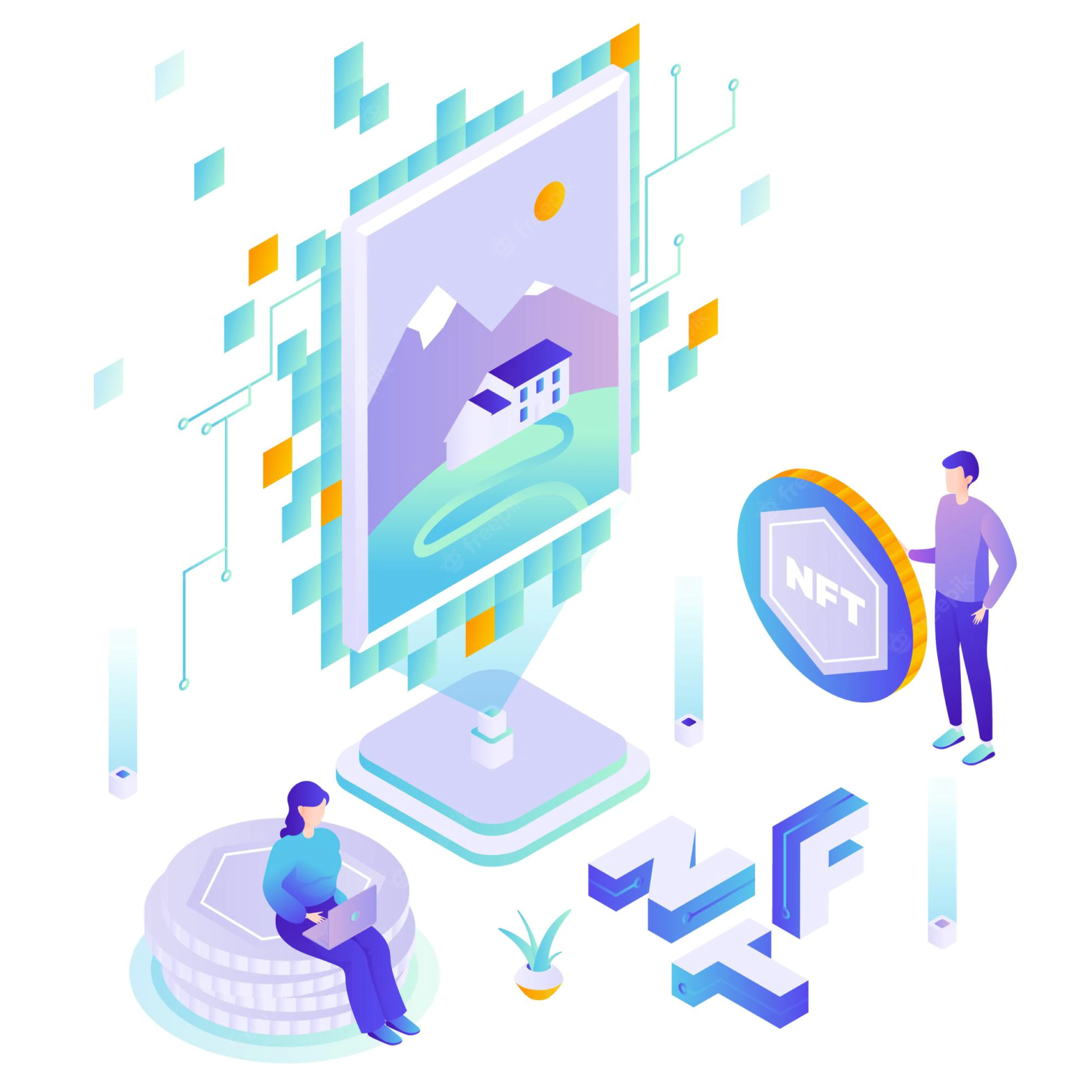
Secondary market of NFT
A concept of fungibility can be found in many realms, including blockchains and tokens, and in the real world. In contrast, fungible items are common items that are easily replaced by similar items. In contrast, non-fungible items are unique and cannot easily be replaced by other non-fungible items. Cash is a good example of a fungible item. As the other ticket does not contain the same information as yours, it will be valid for a different airline and flight at a different time and may be issued for a different airline than the one you own.
Think about buying a piece of digital artwork on the Internet at a reasonable price and getting an exclusive digital token proving your ownership of it. That would be awesome, wouldn’t it? Fortunately, NFTs enable such transactions. NFTs currently enthrall the world of collectibles and digital art. As all of the worlds believed Bitcoin was the digital version of currency, NFTs are being pushed as a digital version of collectibles. With the massive sale of crypto goods to a new crypto audience, digital artists see their lives change dramatically. We are the best place to learn more about NFTs if you are interested in them and would like more information.
As opposed to the primary market, the secondary market refers to all subsequent resales of the artwork after its first sale. However, secondary markets until recently had been practically impossible to track. The laws protecting artists’ resale rights exist; however, enforcing these can be a complex, cumbersome process requiring extensive legal paperwork. The inherent confidentiality of art world transactions has further obscured the resale figures of artworks, leaving most artists in the dark as to when their work changes hands. Therefore, negotiations regarding secondary markets have only been available to established artists with massive institutional support.
An artwork’s “primary market” is its first sale, whereas its “secondary market” is its subsequent sales. By launching a secondary market, our team has made a major shift by enabling NFT collectors to list their NFT on a marketplace just like creators. The idea for this process came about due to the need for a market flow in the crypto art world. There is an improved ROI as well. As the process was tested in real-time within the NFT community, the results we’re seeing a rise of almost 32 percent in buying and selling. The community didn’t stop making a profit and looked in good touch. The future looks compatible, and some NFT projects’ pricing points are expected to increase as per the public’s capacity and interest. There are lots of examples in the current market.
From the creator’s perspective, Since NFTs automatically give artists second-sale royalties, no legal or extra work is required. It gives artists the right to receive a portion of all future sales of their work.
Historically, NFT marketplaces have been driven by the Artworks gain value in the primary markets. Still, their value develops in secondary markets as time passes since they are constantly interacting with the community. Engaging with it. They get a sense of its full potential by engaging with it.
From the collector’s point of view, Another advantage is the commission you receive when you resell NFTs. NFT artists can passively earn passive income by creating artwork that is resold for a long time because they keep getting commissions as the original creators.In the case of NFTs, you are betting on their future value by purchasing them from the artist. NFT pieces become more valuable the more sales the artist makes. People will want to buy from the artists, which will increase the value of their work and the price you paid for the NFT. To maximize the value of a collection of NFTs, wait until the artist’s value increases before selling them. When reselling the NFT, set the price higher. It will increase the value of the artist and the piece. As the original creator, the artist will also make a commission. Secondary markets offer vast possibilities to which we have only begun to scratch the surface. Various NFTs will continue to be produced, sold, and resold as technology advances, while both collectors and artists will benefit from the process.
In a secondary market, you should decide whether it is more viable to fix a price or auction the NFT off to the highest bidder. An auction usually takes 24 hours to complete, so the NFT goes to the highest bidder. When you choose this option, your influence may be weaker than when you choose price-fixing. Compared with a fixed price system, market influences can influence the price. It will be a competition between bidders to win the NFT. One disadvantage is that the market may turn against you, and you will incur losses. Fixing a definite NFT price, on the other hand, means that you are totally in control of its resale. You choose a price that works for an NFT. Its disadvantage is its inflexibility. You might risk losing out to bidders who could have taken it at a higher cost.
On the other hand, you will not incur losses if the market doesn’t go your way. After weighing the pros and cons, you can decide whether to list your NFT or auction it. The steps apply to most marketplaces that allow NFT secondary markets, including Foundation and SuperRare.And many other marketplaces as per the NFT project.
A secondary market has allowed collectors to profit from their investments in the NFT space. However, reselling an NFT in such a market can also be daunting. Ensure that you are cautious before making a move into NFTs. This will increase your chances of reselling in a secondary market
Search
Recent NFT News
Reasons You Should...
6 months ago
The NFT Market in ...
8 months ago
Comparing Environm...
9 months ago
Pump and Dump Sche...
9 months ago
The Ultimate Guide...
11 months ago







